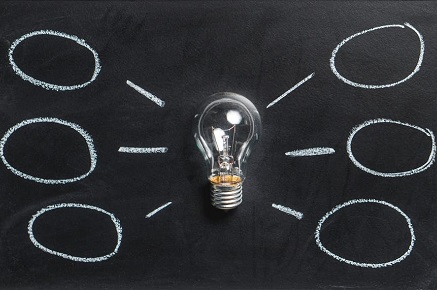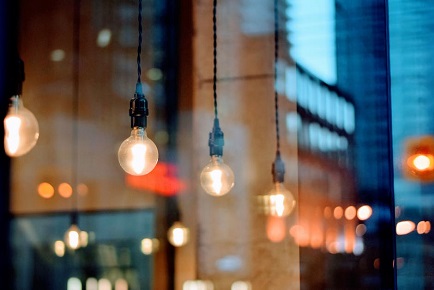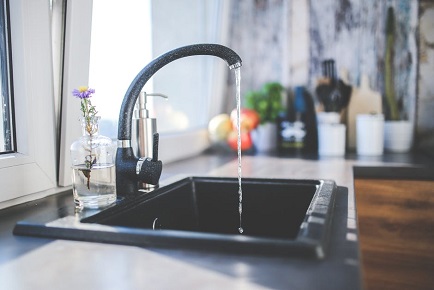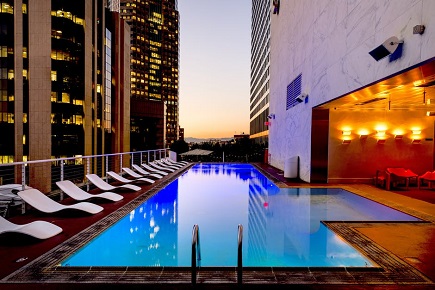The increasing cost of energy is a hot topic. But has your strata scheme done anything about it?
Naturally, the larger the complex, the higher your common area energy consumption is likely to be. The same applies for complexes with a number of amenities, such as lift, pool, sauna or gym. This in turn means higher operational costs leading to higher levies.
But there is a lot owners can do to improve energy efficiency of their building – all while being environmentally friendly. Statistics show that many sustainability projects tend to pay back the initial cost over just a few years while securing long-term financial savings going forward.
You don’t have to jump straight into solar or wind energy. Installing the infrastructure is usually capital intensive and, initially, might not gain the required support from the owners. Thus, it’s better to start with a few smaller projects that will help save money, allowing you to build up your Capital Works Fund for more expensive projects later on.
Where to start?
1. Check Your Energy Bills.
There will be one or more gas and electricity meters servicing your common areas and equipment. You will receive a bill for each meter. Many schemes have automatic payments set up by their strata manager without the Committee actually seeing the bills.
It is important to see the bills to identify the following:
- Are you on the best energy plan? You can compare various plans here.
- Are you paying on actual meter reading or just an estimate?
- Is your scheme paying any surcharges or penalties that can be avoided?
- Are there any abnormalities?
2. Know Where Energy is Used.
There are a few typical common property energy uses:
- Lifts
- Garage doors
- Lighting
- Central cold water storage, including water pumps
- Centralised hot water systems, including circulation pumps
- Heating, ventilation & air-conditioning (HVAC)
- Pools & Saunas
- Gyms
- BBQs
But every building is different and a good starting point would be to have a formal energy audit done. Of course, you can do one yourself by walking around the common property identifying what your monthly energy usage is comprised of, but it could be a difficult task for larger buildings.
By conducting an audit, you will then be able to identify how much energy is being used and when, and evaluate the options to manage your consumption. This is where getting a formal audit done becomes really valuable as the auditor will instigate a wide range of available technologies and give you the information you need to decide what works best for your complex.
You can read more about energy audits here.
Sustainability Projects.
OK, let’s get down to business.
1. Upgrading Your Lighting System
Upgrading your lighting system is one of the fastest and easiest ways to cut your energy bills. It may also help reduce the need for costly maintenance.
Here are just a few things you can do:
- Consider having motion sensor or timers so that lights are not on all the time. Think about the energy used in carparks and basements where lights are on 24/7.
- Replace incandescent, halogen and fluorescent lamps with LEDs. While LEDs may be a bit more expensive to buy, they last 5-10 times longer and consume only quarter of the energy consumed by a standard halogen lamp. LEDs provide the greatest savings when used in areas where lights are on the longest.
- Consider repainting dark coloured walls in lighter colours. Lighter walls appear brighter and better lit, allowing you to set lower light levels (have dimmers in place) and save more energy. When installing LEDS, it is important to note that not all dimmers and dimmable LEDs are compatible. Reputable LED suppliers provide compatibility charts listing dimmer brands and types.
More information about energy efficient lighting can be found in the Energy Efficient Lighting – Technology Report by Office of Environment & Heritage.
2. Managing Your HVAC Systems
Apart from financial and environmental benefits, effective HVAC systems can also improve the systems’ reliability and enhance residents’ comfort. HVAC will include items like apartment exhaust fans, chillers and cooling towers, as well as car park exhaust fans.
Here are a few suggestions:
- Review your equipment maintenance schedule. If the equipment is not being maintained, its cooling and/or heating capacity gradually diminish leading to an increase in energy consumption.
- Where possible, minimise HVAC usage for transient areas, e.g. lobbies.
- Invest in energy efficient HVAC equipment when replacing your existing items. You can get double or triple return on investment if you’re replacing a system that’s at least 10 years old as newer models have much higher energy efficiency ratings.
- When it comes to repairs and maintenance, prioritise fixing items that waste energy (and/or water).
- If possible, keep windows and doors closed to reduce air conditioning loads.
- Setting your thermostat a little bit closer to the temperature outside will save you quite a bit and increase your HVAC energy efficiency. After all, have you ever complained about a heat wave because the temperature went up one or two degrees?
3. Looking After Cold Water Storage and Water Pumps
If you have a water tank on the roof supplying water for your building, every drop of water used has an associated energy cost. And every wasted drop is also a wasted energy.
The majority of buildings with more than 4 floors will generally have a tank on the roof (as water supply via a pressure-boosted system won’t be suitable for higher-level units). The water is then supposed to be distributed via gravity.
In reality, many buildings do not have separate plumbing lines for the top floors, and all water used in the building is pumped from the tank. So you’ll need to check your hydraulic diagrams to find out exactly how water moves around your building.
Below are just some suggestions for improving efficiency of your water supply:
- When replacing your pumps, consider using smaller and single-speed ones. Larger pumps and/or variable speed pumps are often operating outside their optimum efficiency band and consume a lot more energy.
- Make sure to inspect float valves supplying the tank regularly. Valves that are worn out could result in hidden leakages and wasted energy.
- Water pressure varies between higher and lower levels in a building, with the lower floors having more pressure due to the higher ‘head’ of water pushing down. This can cause higher water use through higher flow rates, a higher likelihood of leaks, and increased wear and tear on washers, valves and flow regulators. Installing pressure reduction station (if your building doesn’t have one already) could help to reduce water use and future maintenance in the lower levels.
4. Managing Central Hot Water Systems
The energy cost for hot water can be up 4 times the value of the water itself. So anything that reduces hot water use in a building will also save significant amounts of energy.
Here are a few things you could do:
- Are you waiting for a long time in the shower before hot water reaches you? Yes? Get a plumber in to check that the hot water system is operating as efficiently as it possibly could. The plumber will need to check that the main loop pipe is well-insulated so that minimal heat is lost and also to ensure that the recirculating loop pumps are operating efficiently and are well-maintained.
- Check whether you have cooling towers installed close to your hot water boilers. There could be an opportunity to install a heat exchanger to use the heat from the cooling towers’ condensers to pre-heat the water going into the heaters. This will also help reduce the load on both the heaters and cooling tower.
- Inside apartments, consider discussing with residents whether it is possible to install lower flow showers, taps and/or washing machines.
5. Monitoring Your Lifts Efficiency
When it comes to energy efficiency, traction lifts are a lot more energy-efficient than hydraulic lifts. This is because hydraulic lifts require a considerable amount of energy to heat up the hydraulic fluid needed for hydraulic pressure.
But if you are not looking to replace your lifts in near future, you could take a closer look at various refurbishment options. Here are just a few items to consider:
- Installing LED lights in cab panels, overhead and in floor indicators.
- Installing in-cab sensors and software that automatically enter an idle or sleep mode, turning off lights, ventilation, music, and video screens when unoccupied.
- Upgrading electromechanical relays to software- and microprocessor-based controls instead.
- Can regenerative drives be installed? They recycle energy rather than wasting it as heat.
- Use lighter materials for in-cab decoration.
- Installing destination dispatch control software that batches elevator stop requests, making fewer stops and minimizing wait time, reducing the number of elevators required.
6. Pools and Spas
While having amenities like pools and saunas is highly sought after, your bills will jump up due to the added energy and water consumption. Ausgrid and the Swimming Pool & Spa Association NSW have put together a guide with tips to reduce the energy costs and water usage, as well as help you choose the right equipment. While it is oriented towards detached dwellings, the same principles apply to strata schemes.
Want to get more helpful tips about living in a Strata Scheme?
We have a dedicated section on our website with more useful information.
See More TipsWe would like to acknowledge Green Strata for making a wide range of resources and valuable information available and encourage you to explore their website for further tips on environmentally sustainable living.
Best Regards,
The EYEON Property Inspections Team
At EYEON Property Inspections, we help you buy and sell with more confidence.




